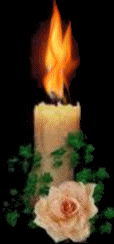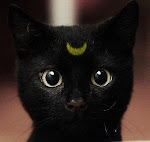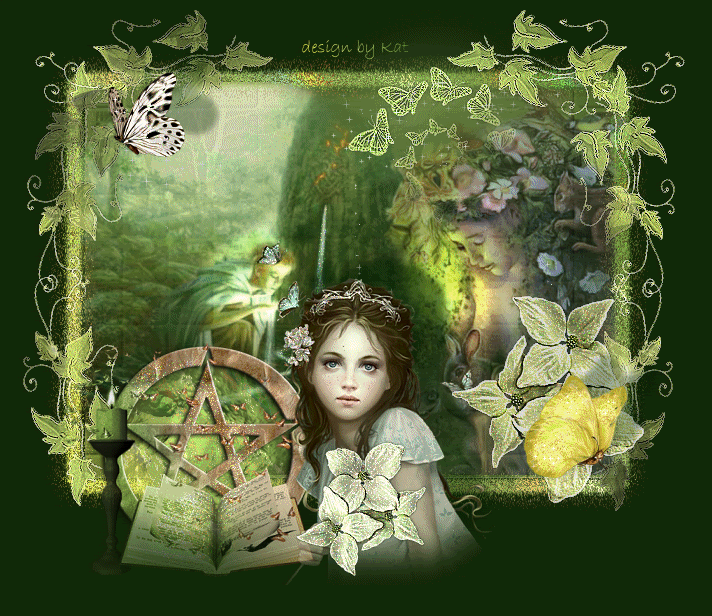 Lavender, the fragrant woody perennial herb, has over twenty-eight species and an even greater multitude of varieties. It dates back as far as the first century and to ancient Rome and Greece. It was even used among the ancient Egyptians in the mummification process. It has enjoyed its popularity over time for a variety of uses that still continue today. Lavender essential oil is the most popular in the United States, outselling all the other essential oils. If you have never had the intense pleasure of inhaling pure lavender essential oil, you are in for quite a treat!
Lavender, the fragrant woody perennial herb, has over twenty-eight species and an even greater multitude of varieties. It dates back as far as the first century and to ancient Rome and Greece. It was even used among the ancient Egyptians in the mummification process. It has enjoyed its popularity over time for a variety of uses that still continue today. Lavender essential oil is the most popular in the United States, outselling all the other essential oils. If you have never had the intense pleasure of inhaling pure lavender essential oil, you are in for quite a treat! Traditional uses for lavender included expelling worms from children, and use against lice and insect bites. Lavender was also a popular strewing herb for disinfection. More common uses are for stress relief, insomnia, depression and indigestion. It is used in several pharmaceutical products including antiseptics, cosmetics and anti-inflammatory products. Lavender was used extensively during the 19th century in the making of perfume. It is interesting to note that during World War I and II, that lavender was used when medical supplies were scarce to prevent infection and to relieve pain.
Over the centuries, lavender has been associated with powers in love, chastity, longevity, protection, purification and happiness. Inhaling the scent of lavender is known to increase the alpha brain waves in the back of the head, aiding in relaxation and tranquility. Thus, our immune system is boosted by the benefit of lavender.
Growing lavender requires full sun, space between plants and good drainage. Lavender does not like "wet feet", so excellent drainage is essential. It is best harvested just before flowering, when the oil concentration is highest. With all the varieties available, it will not be hard to find one suited to your growing area. Flower colors range from white, to pink, blue and purple. Professionally, lavender is distilled for use in essential oils by steam.
When purchasing lavender, become familiar with each variety's botanical name. The most widely grown is the hardy Lavandula Angustifolia, also known as L. vera, L. officinalis, or English Lavender. They can range in height from a mere 8" to over three feet tall. Other popular varieties known for their sweet fragrance are 'Munstead' and 'Hidcote' lavender.
Other uses of lavender include dabbing it on your temples when you have a headache and using it on pillows to combat insomnia. It is a common ingredient in sachets and potpourri and is used to scent linens and prevent moth and bug activity. It is also used in flower arranging and crafts, i.e., lavender wands.
Lavender is one of the few essential oils that can be applied "neat" to the body without the addition of a carrier oil. It is useful on burns, insect bites and minor skin irritations. Mixing fifteen drops of pure lavender essential oil with common bath salts such as sea or Epsom salts will provide a bath that is pure heaven!
Lavender also has culinary uses. It is used to flavor jellies, honeys, cookies and breads. A wonderfully relaxing tea or tisane can be made using boiling water, honey and lavender flowers.
Katherine Turcotte 's article appeared originally online in Body,Mind,Spirit Magazine Online.




































No comments:
Post a Comment